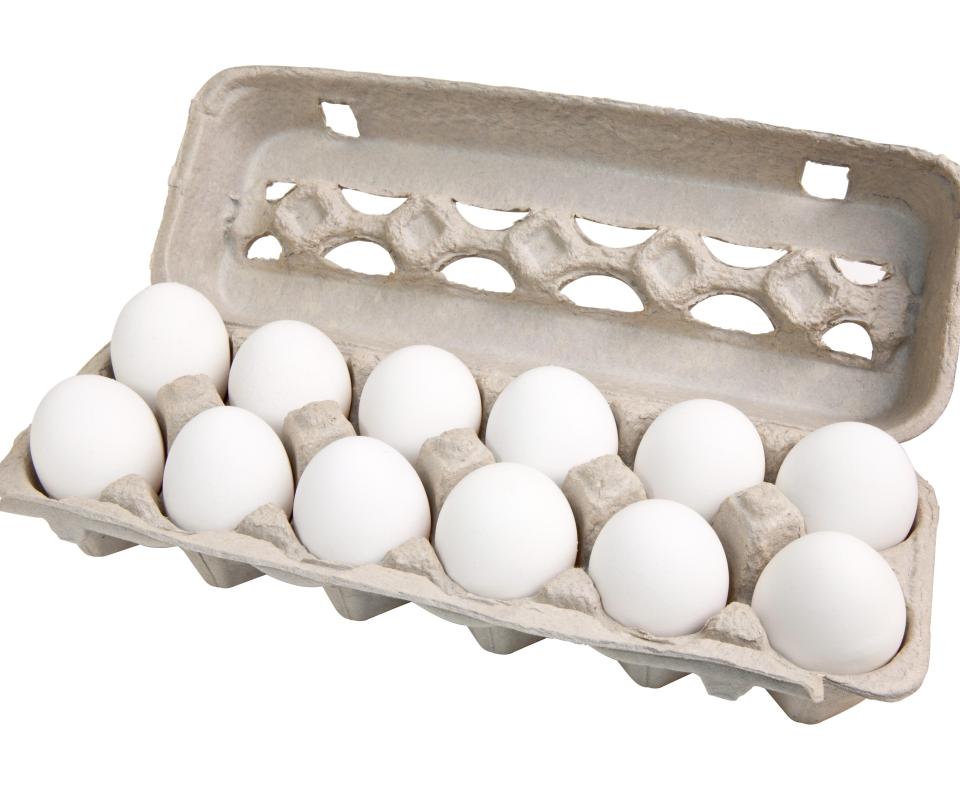At WiseGEEK, we're committed to delivering accurate, trustworthy information. Our expert-authored content is rigorously fact-checked and sourced from credible authorities. Discover how we uphold the highest standards in providing you with reliable knowledge.
What are the Different Types of Facial Mask?
There are a plethora of facial masks on the market meeting many different types of skin-care needs. Facial masks can be make from as little as one ingredient or may contain dozens. Facial mask users spread the mask on their face, or a part of their face, and then rinse, wipe, or peel it off after several minutes. Masks are sold and made to address a variety of skin-care problems. Because of the wide use possibility, this product comes in many different forms including clay, self-heating, exfoliating, peel-off, cream, whitening, and food-based masks.
Clay masks are commonly used to absorb excess oil on the face and to help speed the healing of acne blemishes. These masks are also used on other, acne prone, parts of the body, such as the back. A clay facial mask is often made from bentonite, an absorbent, non-toxic clay. Other ingredients may be added to a clay mask for the purpose of providing extra drying power or to help soothe the skin.

Cream-based facial masks are often sold as hydrating masks and may contain various oils, emolliants and extracts geared toward softening and smoothing the skin. One variation on cream masks are whitening masks, which include chemicals that can lighten the skin. Both cream and clay masks are sometimes formulated so that they are self-heating. Self-heating masks include ingredients that cause the mask to heat up when it is applied to wet skin. Manufacturers of these masks claim that the heat both opens pores and promotes relaxation.

Exfoliating masks are used to assist in removing dead skin cells from the surface of the face. The formulation for exfoliating masks can vary considerably. Some exfoliating masks blend an abrasive material, such as ground nut hulls, in a cream or clay base. The mask is applied and then is removed or rinsed off such that the exfoliating material scrubs the skin. Other exfoliating masks rely on chemical exfoliants, such as alpha-hydroxy acid, to aid in dead skin cell removal. A third type of exfoliating facial mask is the peel-off mask: This is a gel mask that is applied in a thin layer on the face and is allowed to dry. The mask is then peeled in one layer from the face, taking dead skin along with it.

Many women, and men, make homemade face masks. These masks often include common foods, herbs, and kitchen staples. Some food-based masks include but one ingredient, such as warmed honey or egg whites. Others are a blend of foods, such as oatmeal, strawberries, or avocado. Cucumber masks are especially popular, as cucumber is commonly used in home beauty treatments to reduce facial redness and inflammation, especially around the eyes.
AS FEATURED ON:
AS FEATURED ON:


















Discussion Comments
I'm not a huge fan of masks but I do use an exfoliating mask once a week. When I don't, my skin looks very dull and I start seeing little spots and bumps. I think exfoliating masks remove the dead skin cells that cause problems and make our skin look bad.
I can't use it more than once a week, because then it causes a little bit of redness or irritation. Once a week is just perfect. Although I use one that has to be rubbed into skin, I might try one that is peeled off sometime. That type of mask sounds very interesting. I wonder if it does as good a job at removing dead skin cells.
@discographer-- I've never used a food based mask. I have sensitive and acne prone skin so I'm sure that a food based mask would make me break out. At the least, it would cause irritation.
So far, I've only been able to use a clay mask which doesn't irritate my skin and it's also good for acne.
I like food based masks but I don't like making them myself. There are brands that have facial masks made from real food ingredients and they are very beneficial. Tomato mask and avocado mask are my favorite. Tomato naturally has whitening properties so a tomato mask lightens and balances skin tone.
Avocado mask is very hydrating and soothing. So it's great for when my skin feels extra dry. It's also great for flakes and dry patches.
Post your comments